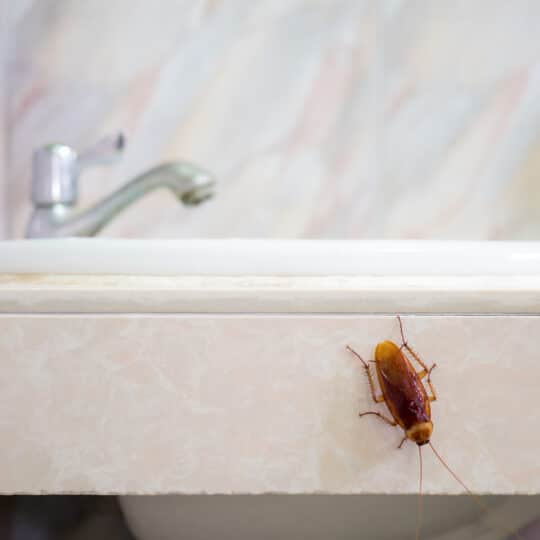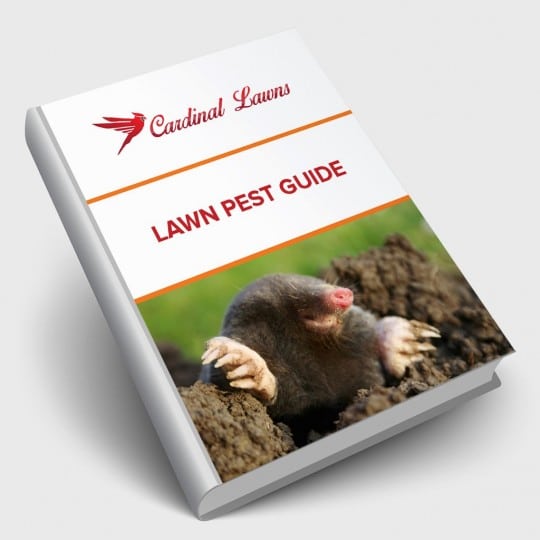What’s Integrated Pest Management?
Why it’s Your Best Defense Strategy
Posted
December 26, 2024

No one wants to deal with pests. But once bugs and other critters make their presence known, one pest control option may not be enough to stop them. Integrated Pest Management (IPM) is a multi-step process in helping to make sure you don’t have to deal with pests. And if you do, its methods help ensure they cause limited damage to you and your property.
What is Integrated Pest Management?
Integrated Pest Management is a sustainable option for getting rid of bugs and rodents. Multiple control techniques are used to prevent and control pests. This balanced approach focuses on long-term solutions rather than quick fixes that could mean a pest’s return. While the methods aim to reduce pest populations, they also consider the economic, environmental, and human health impacts.
The Integrated Pest Management Process
There may be many reasons for a pest infestation. If there’s harsh, cold weather outside and a warm spot indoors close to food and water, who wouldn’t want to move in? Since various factors have to line up to attract pests, it’s only fair that you have several options to prevent them.
Integrated Pest Management combines multiple methods to manage pests while minimizing the risk to yourself, your home, and the environment. Here’s what it includes:
- Properly identifying the pest. The best way to control an infestation is to pinpoint the problem and focus efforts that target the specific culprit.
- Assessing environment. Once you know what pest you’re dealing with, you can learn about what it wants. Did you find it around a food or water source? Did it find a dark, quiet corner to nest? Eliminate what attracted it to the area to help prevent its return.
- Physical control. Use barriers, traps, or manual removal to get rid of pests.
- Biological control. Use living organisms, such as natural predators or parasites, to suppress pests.
- Non-chemical methods. Whether it’s a more eco-friendly product or home remedy, there are some pest products that don’t contain chemicals.
- Pesticides. Sometimes using targeted chemicals is the only thing that works. But it’s important to follow explicit instructions to ensure safe and efficient use.
- Monitoring results. Once a treatment option has been used, regularly check for activity and reassess control methods if needed.
IPM is meant to help reduce the use of pesticides by offering other solutions. But if you’ve tried preventative measures, non-chemical control methods, and are still having pest problems, it’s time to try another option.
If you’re running out of ideas and patience with pests, contact a company who knows how to help. Call 614-808-4446 to speak with the pest control specialists at Cardinal Lawns. Our Pest-Free Program can help curb some of the most common insects and rodents in and around your home.

Download Your FREE Lawn Pest Guide
Pests become most prevalent during the heat and humidity of summer. Take some time to learn about the signs of infestations before any damage can be caused to your landscape. This handy guide will teach you how to spot common lawn pests and how to keep them from causing harm to you and your property.